Indian Tadka or tempering is a very old Indian technique of seeking out flavor from spices. In this post, I will show you how to make tadka and how I make it in bulk and use it for the month. But first, let's understand it a bit more.
Tadka is the ultimate secret of Indian kitchens that's not really a secret but a superpower! It's what defines Indian cooking. Every region has its version - chowk in Hindi, phodni in Marathi, thalippu in Tamil, and bagar in Bengali, and finally it's called tempering in English.
As per the author of the book Masala Lab, it's molecular gastronomy, way before it became cool . If you want, you can learn more about the science of it, you should watch his video here.

What is Indian Tadka
This is an Indian cooking technique in which we heat oil to 165-170 degrees and add spices, whole and ground, to it for maximum flavor extraction.The whole process lasts about 30 seconds.
This oil concoction is then added on top of dishes like dal or khichdi. It's usually a spicy, smoky umami, and full of unimaginable flavor. Most indian curries start and end with tadkas, for example, this dal tadka or this Kerala chicken curry not only start with us heating oil, but also end with us pouring tempered oil at the end.
It's added to curries, drinks like buttermilk, and whole dishes like curd rice and dhokla. Some dishes are entirely defined by the tadka, like this dahi tadka.On its own, it's just yogurt, but with the tempering, it's a sublime concoction that's not only soothing but also addictively delicious!
I fondly remember seeing my mom and aunt finish the dal with a tadka just before serving it. Though the process isn't long, it is an added step to the overall cooking.
The only thing I dislike about tadka is how the whole house smells afterward. Especially if you live outside India in centrally air-conditioned houses, the whole house smells like cumin and chili. And if you do it wrong, then everyone in the house starts to cough. This is one of the reasons I decided to make a larger batch of tadka. That way I make this once a fortnight or month and I also get to have spicy flavorsome food.
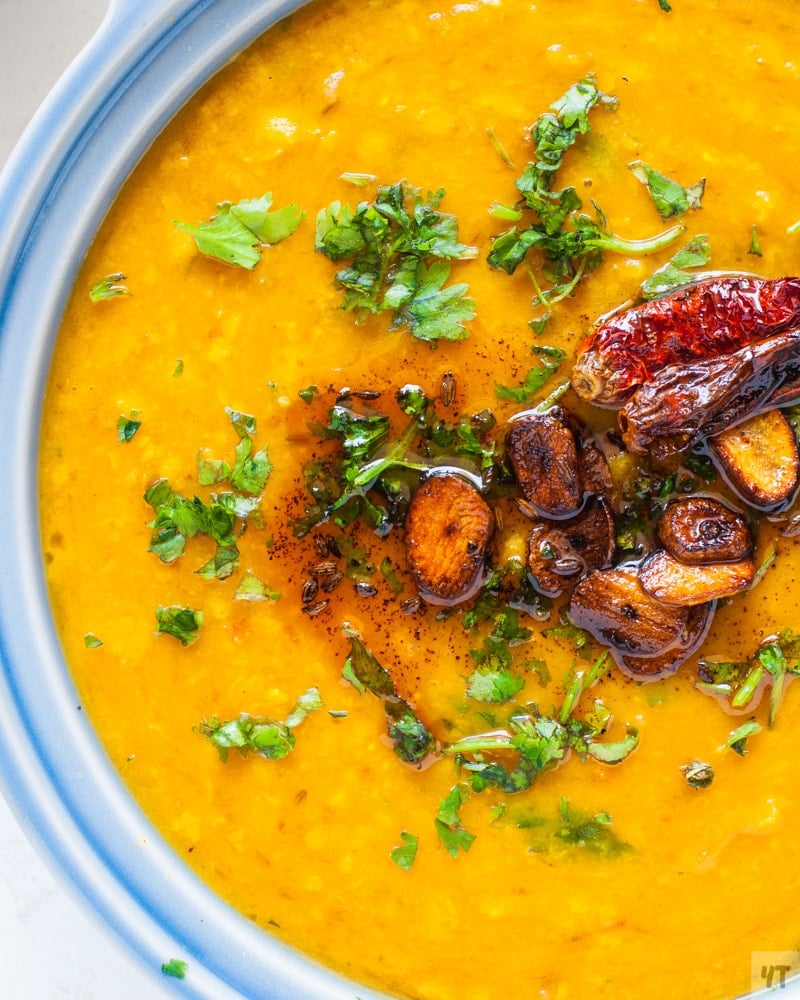
Ingredients for Tadka
Every region has it's own specific tadka. The spices and herbs used vary, but two things remain the same- use of fat and spices. In this post, I make two tadka bottles- South indian and North indian.
North Indian Tadka
The fat is usually oil, like mustard oil or ghee. The spices are cumin, asafoetida, and red chili powder. Sometimes, we also add crushed or whole coriander seeds, mustard seeds, ginger, garlic, green chilies, methi seeds, and whole red chilies. You can do as elaborate or as small as possible.
South Indian Tadka
The fat is usually oil—coconut oil, groundnut oil, or sesame oil. The spices are mustard seeds, curry leaves, and green chili. White urad dal, ginger, garlic, red chili, and ground red chili are also added.
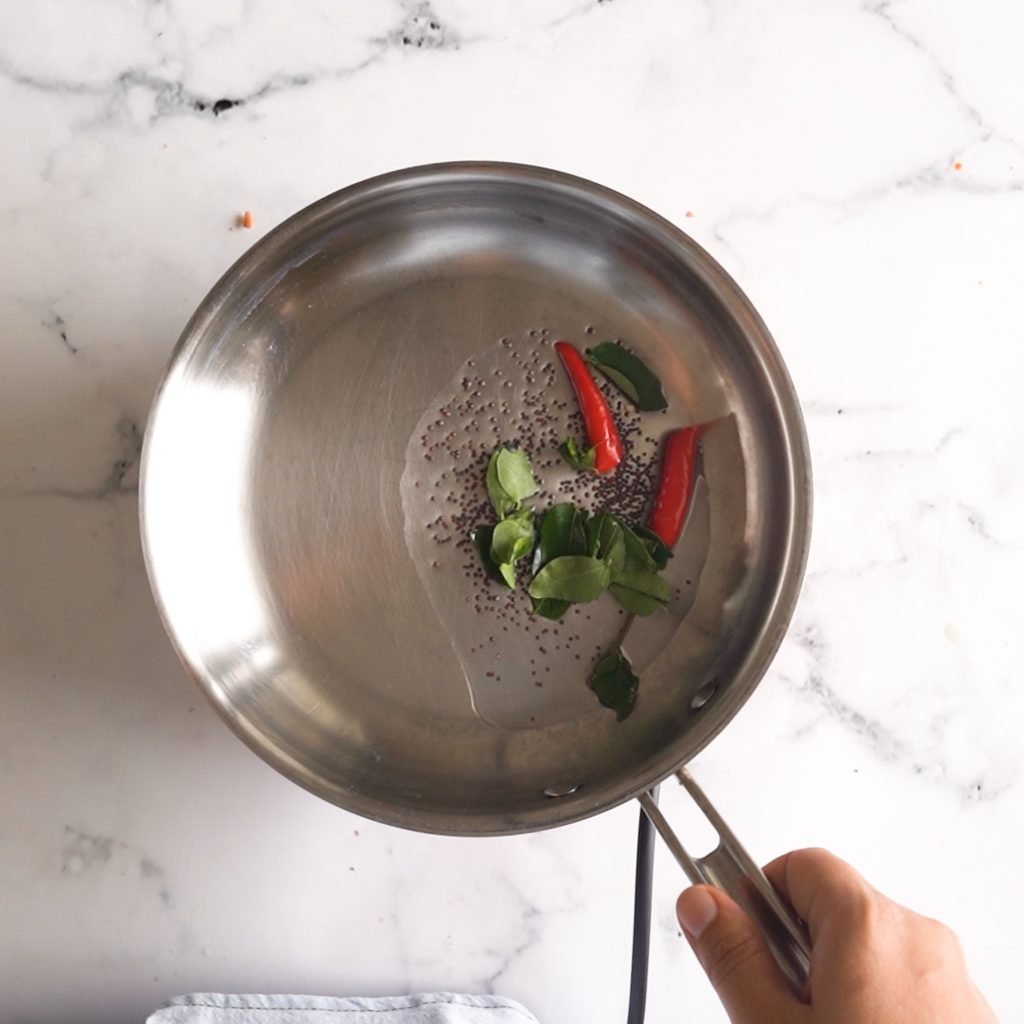
How to make Tadka
You know those viral chili oil videos you see? Tadka is very much like that, but instead of pouring hot oil on the chilies, you do the opposite. Let me explain.
Take a small pan. Special tadka pans allow you to make tadka with very little oil, too.
Heat the oil until it's sizzling hot, just before it starts smoking, around 170 C. To test the heat, add a single mustard seed or cumin. If it pops and sizzles, then the oil is ready.
If the oil is too hot, the spices will burn, and if it's not hot enough, the flavors won't infuse.
After this, it's go time. Your prep should already be done, everything laid out, and ready to be put in the piping hot oil. The rookiest of rookie mistakes would be to get your ingredients out after the oil is hot. Don't do it!
If you have all the ingredients on hand, you can make it in about 20 seconds. This tadka is possibly why Indians keep spices in the spice box. They can access the spices quickly without fiddling with the bottle caps and whatnot.
Once the oil is hot enough, you add the whole spices - cumin or mustard seeds first, followed by whole herbs- ginger, garlic, or curry leaves. Let it sizzle and become slightly brown. Because the oil is super hot, you have to watch for the color. It can burn in a matter of seconds.
Once the garlic just starts to turn brown, add the cumin, asafoetida, and ground coriander seeds. Lastly, switch off the heat and add the ground chili powder. Chili powder tends to burn easily and smokes up the house.
Be careful when you add chili. It's always last thing you add , after your turn of the heat.
Now your tadka is ready. You can add a spoonful of it on top of your dal or curry while serving.
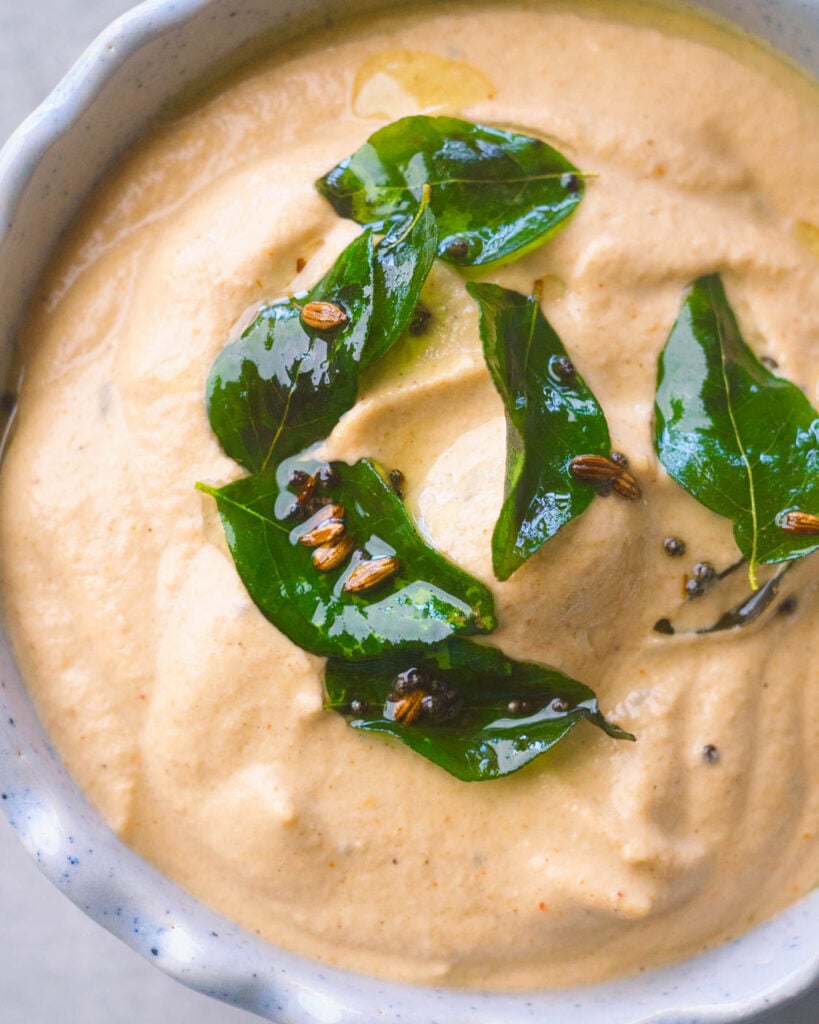
Big Batch Tadka
After coming to the US,I cook a lot( read that as every single meal). My son has to be able to eat anything I make, so it can't be too spicy. But that leaves the grown-ups with bland food.
That's when I decided to look into making a jar of tadka, which you can just drizzle over your curries and dal chawal for that extra smoky flavor kick. It stays on the counter for 2-3 months.
To make a big batch of tadka, you can use a small stainless steel frying pan.
Add a neutral oil that can withstand high-temperature cooking. You could add ghee, too, but ghee tends to solidify in cold places.
I wanted it a little chunky, so I added crushed coriander seeds and chili flakes, too. I also added a bit of salt so that the tadka doesn't get spoilt.
How to use
I have quite a few recipes on my website that need a tadka or tempering on them.
The obvious being dal tadka ,kadhi, chutneys ,salads, curd rice,palak paneer, dahi tadka, and buttermilk.
You can also use it how you would use chili oil, in chili fried egg, turkish eggs and avocado toasts.
Tadka Pot
Special tadka pots are an essential part of indian cooking. It's probably the first thing you buy after a pressure cooker.
You have to look for something that can withstand high temperatures, so nothing nonstick, something deep, and you can make tadka with little oil too.
If you have a glass top stove, then you need something induction-friendly. Otherwise, a good, heavy stainless steel or cast iron ladle also works. However, I like something that can be placed on the heat without toppling.

Big batch Tadka - South indian and North indian style
Equipment
Ingredients
- 1 cup Oil Avocado oil or ghee ; see why below
North Indian
- 2 Tablespoon Cumin Jeera
- ½ Teaspoon Asafetida Hing
- 2 Tablespoon Ginger Julienned or finely chopped
- 2 Tablespoon Garlic sliced thin, across
- 1 Green chili slit, optional
- 1 Tablespoon Ground Coriander Seeds optional
- 1 Tablespoon Coarse chili powder or chili flakes
- 2 Tablespoon Ground chili powder
South Indian
- 4 Tablespoon Mustard
- 1 Tablespoon Cumin
- 4 Green chili chopped up
- 50-60 Curry Leaves
- 2 Tablespoon Ginger crushed
- 4 Whole red chilies
Instructions
- Prep all the ingredients.Measure them out and keep them on the side.Do not mix them, keep them separately on a plate or in several bowls.
Heat the oil
- In a small pan, heat the oil or ghee. You want it to come up to 340 F or 170 C.To test this, add one single mustard seed, if it pops and cracnkles, the oil is ready.
North Indian Tempering
- Add the cumin first. It should split and splutter and turn brown. If it turns black, the oil is too hot.
- Reduce the heat to medium now.
- Add asafetida (hing) , ginger and garlic. If using, add green chili and coriander seeds next. Use a spoon to move things around.
- The garlic should start to turn golden brown on the sides.
- Switch the gas off, add the chili flakes and ground chili. At this point, the oil should not be sizzling. Add ½ teaspoon of salt and mix.
- Let the pan sit till the tempering cools down. Transfer it to a clean jar.
- Drizzle it over your finished dals, marinades and yogurt. The tempering should last for 3-4 months on the counter.
South Indian Tempering
- Add the mustard. It will start to splutter. Be careful of where you stand, it can spring out of the pan.
- Reduce the heat to a medium
- Add the curry leaves, ginger and green chillies next. Let it cook for 1-2 minutes.
- Add whole red chillies and move it around so its completely submerged or coated with the oil.
- Let the pan sit till the tempering cools down. Transfer it to a clean jar.
- Drizzle it over your finished dals, curd rice, chutneys. The tempering should last for 1-2 months on the counter.
Notes
- Ghee or coconut oil tend to solidify in cold weather.
- Mustard and coconut oil are regional and very specific to dishes.
- Avocado oil is easily available, can take high temperature and has no taste.
Tips and Tricks for tempering
- While this is a big batch, for everyday tempering, use a special tempering pan made of stainless steel or cast iron.
- Make sure your tempering ingredients are already prepped and next to you before heating the oil.
- Tempering sizzles and splatters. It burns easily, in matter of seconds. So your full concentration should be on the tempering.




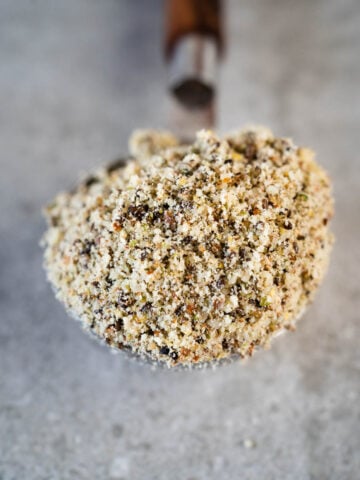
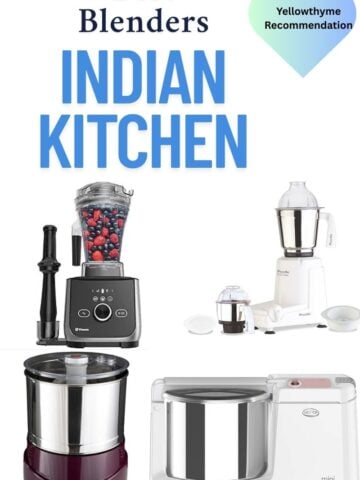
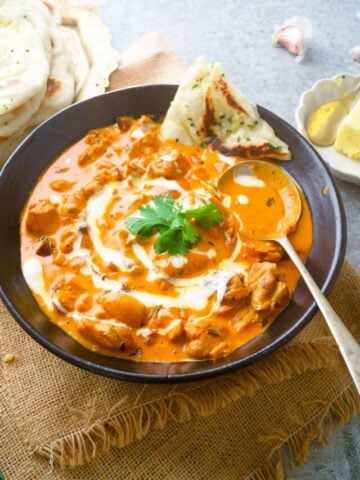
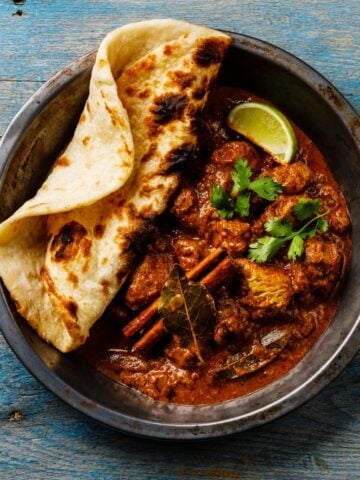
Leave a Reply